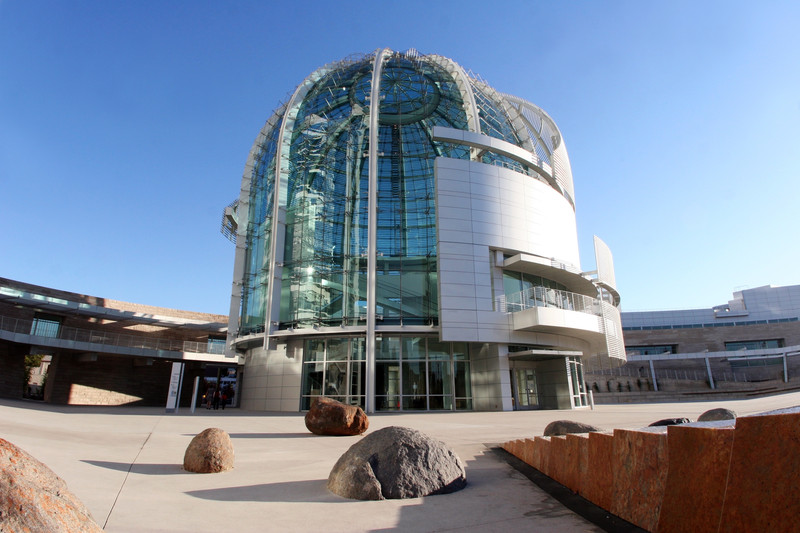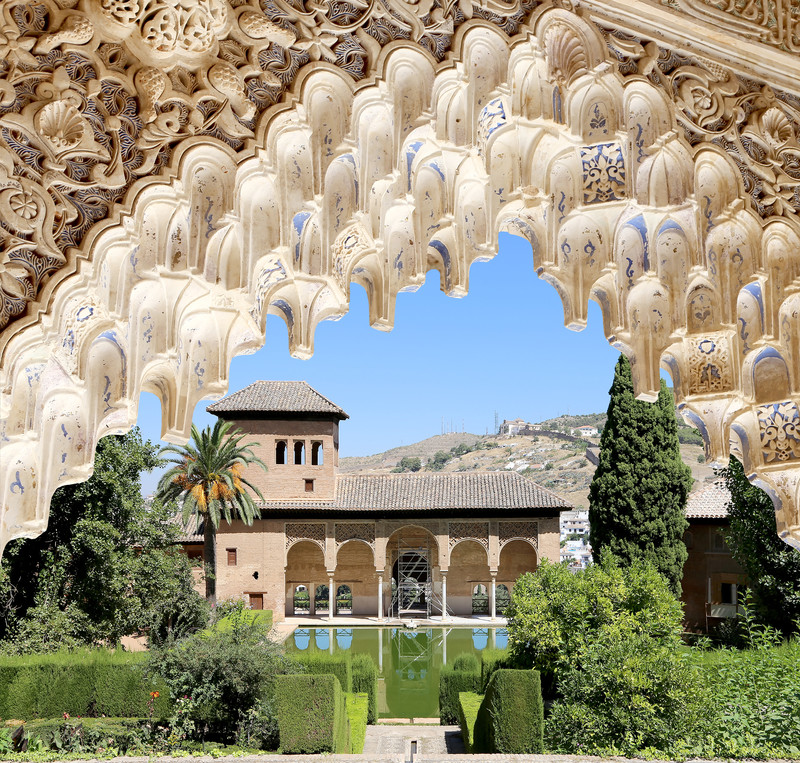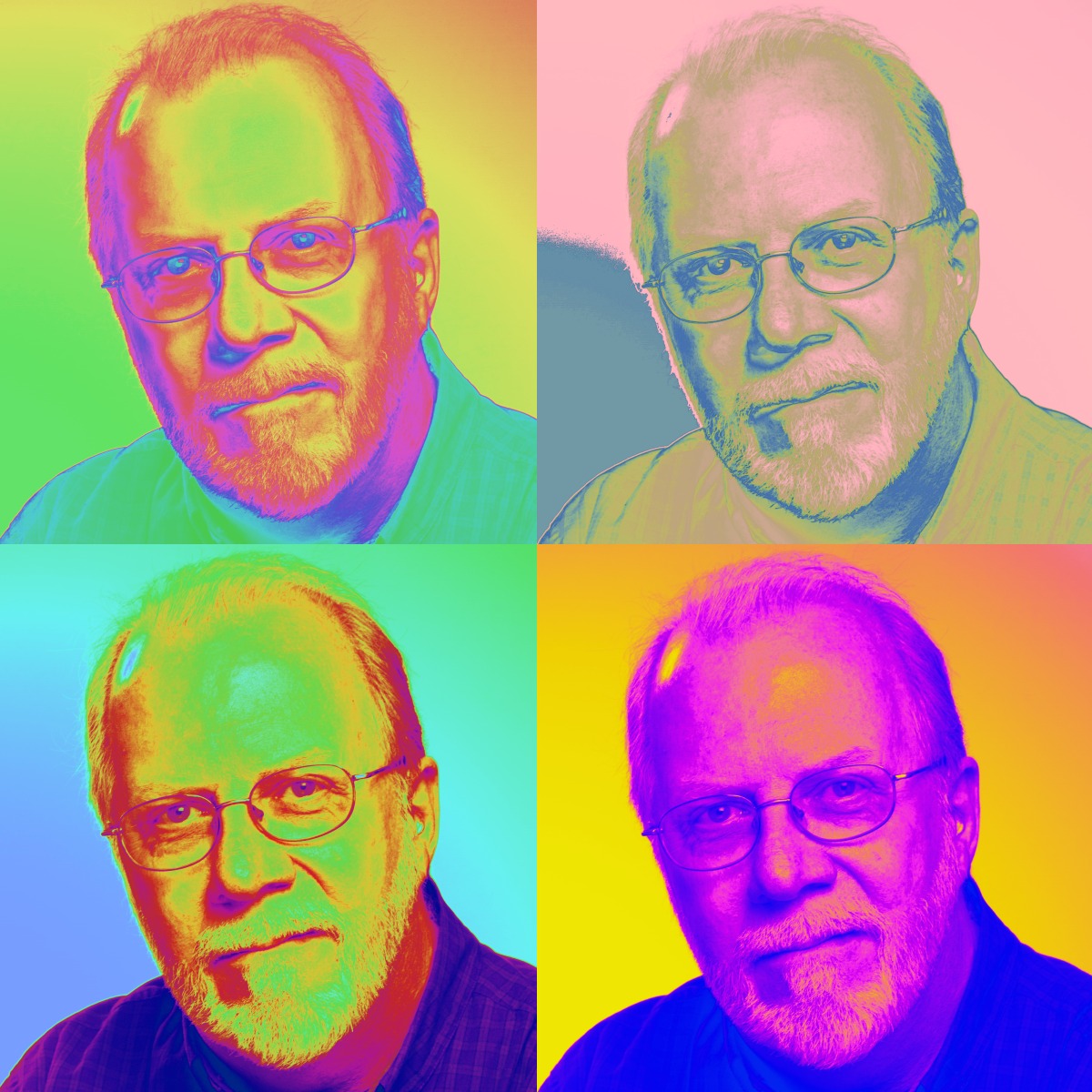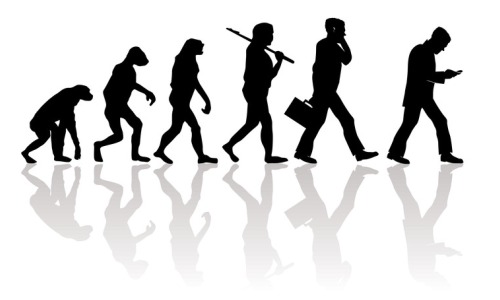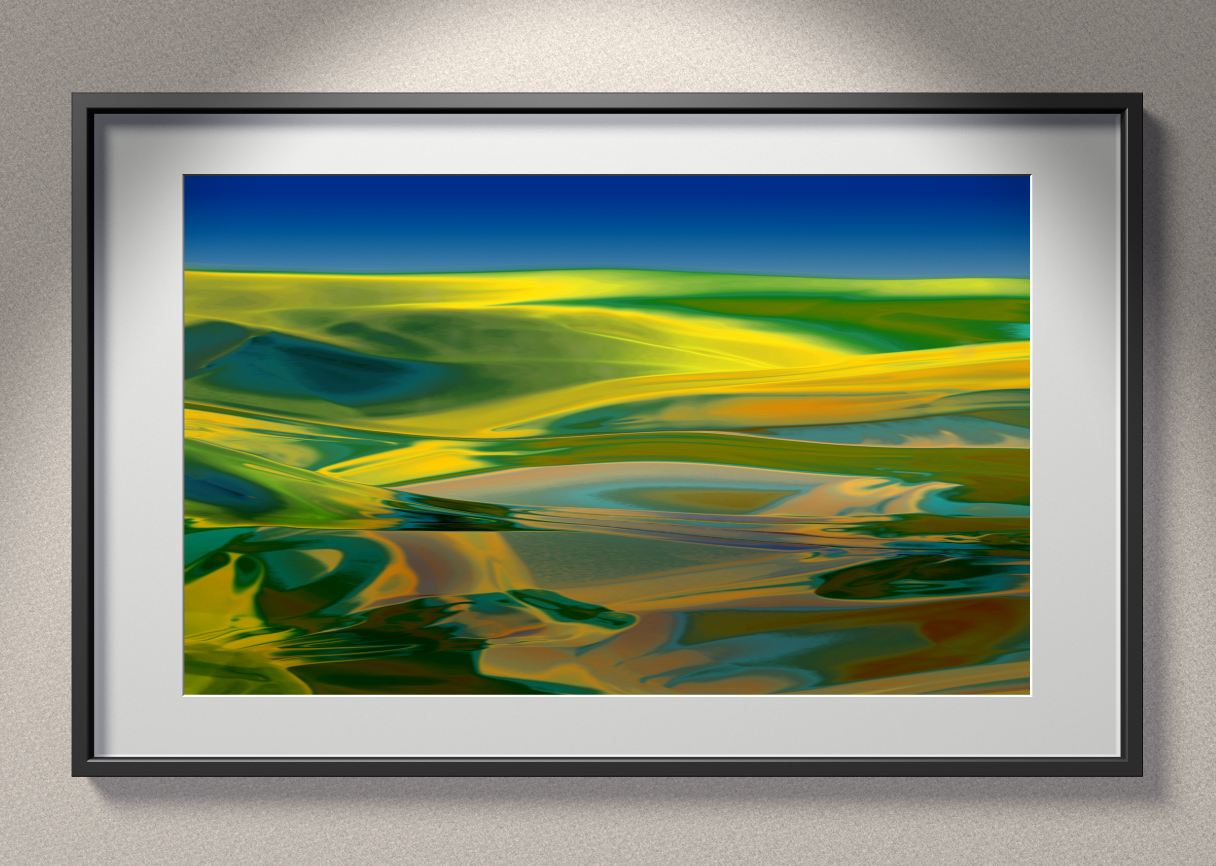Interior Designers on Choosing Wall Art
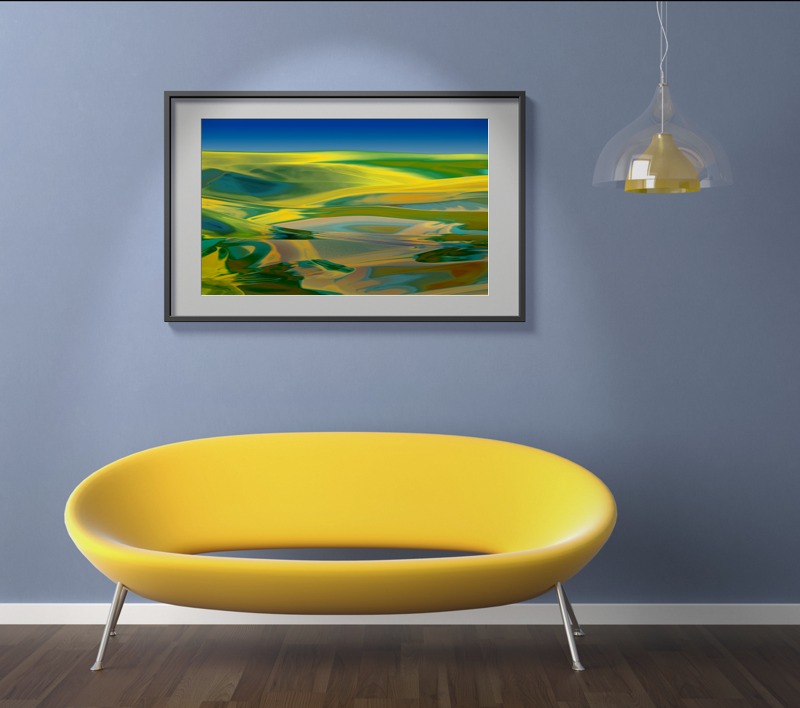
12 Interior Designers Help You Choose Wall Art
Interior designers who want to integrate art prints and paintings into their designs more thoughtfully may find the following concepts and commentary from 12 other designers useful. Often artwork is the final piece of the puzzle. It’s nice if it fits! So here’s a brief survey of tips on decorating with art:
- Tara Mastroeni: “Leave the paint chips behind and focus on searching for wall art instead. Once you find a painting or wall hanging that you absolutely love, you can use that piece as the inspiration for your room’s eventual color palette.”
source: Tara Mastroeni, design and lifestyle writer
http://freshome.com/wall-art-matters-most/
- Pangaea: “I always encourage my interior design clients to select art first if they don’t have any so they feel free to buy what they love and not worry about what it goes with. And then we can plan the decor around the art.”
source: Pangaea, Pangaea Interior Design, Portland Oregon http://www.houzz.com/ideabooks/447382/list/10-design-strategies-for-art-lovers
- Ann Kreuger: “Sometimes one really is better than two when it comes to art. It’s tempting to hang twin” photos or paintings behind a bed, like one per pillow. But one larger piece…adds a punch of color and drama”
– source: Ann Kreuger, design writer HGTV
http://www.hgtv.com/design/decorating/furniture-and-accessories/the-art-of-displaying-art-pictures
- Karen Egly-Thompson: “the grid configuration also lends itself to artworks of the same size and with the same frame. The grid method works especially well for collections with numerous pieces… A grid installation is particularly striking.
source: Karen Egly-Thompson, designer, writer
http://www.houzz.com/ideabooks/60874084/list/8-ways-to-arrange-artwork
- Bunny Williams: ” A cluster of artwork needs an anchor, like a console or a settee, and the item you choose will help determine the display’s dimensions.”
source: Bunny Williams, Bunny Williams Design Incorporated
http://www.bunnywilliams.com/
- Carla Santia: ” The usual cumbersome procedure of scheduling face-to-face meetings to review and cull through hundreds of images with all members of a selection committee has been made easier with electronic presentations.”
source: Carla Santia, Art Consultant, Springfield Mass.
http://artid.com/members/corporate_art_advice/blog/post/72-how-to-reach-art-consultants
- Ronda Rice Carmen: ” Artwork is like an extrovert: It’s at its very best when surrounded by companions – whether a couple or a crowd, whether nearly identical or wildly different.”
source: Ronda Rice Carmen, Author, “Designers at Home: Personal Reflections on Stylish Living”
www.amazon.com/Designers-Home-Personal-Reflections
- Melissa Goldstein: ” Hang art with sensitivity to a room’s structure—a gallery wall needn’t be visually symmetrical, in fact, it’s more interesting when it’s not.”
source: Melissa Goldstein, editor, Lonny
http://www.lonny.com/If+These+Walls+Could+Talk+How+to+Decorate+With+Art
- Teddy Rowan: “A themed approach, if handled well, can create a cohesive look: one way is to assemble art, textiles, and furniture from a particular period. The Hallmark of a good collector is the development of a strong personal preference.”
source: “At Home With Art” Alhambra Editions, London
- Mark Lawrence: “Your wall art can introduce color to your room that was never there to begin with, but will become a welcome addition by adding a vibrancy to the overall look. By keeping the artwork more on the abstract side, you do not risk introducing too many new themes along with your new splash of color.”
source: Mark Lawrence, Alpharetta, Georgia
http://www.home-designing.com/2013/12/home-decorating-with-modern-art
- Miranda Jones: ” Interrupt the pattern: a boldly graphic piece give the eye somewhere to land in a room full of patterns.”
source: Miranda Jones, Sunset Magazine
http://www.sunset.com/home/decorating/home-decor-art-of-display/view-all
- Maria Brito: “Size is key! In the world of contemporary art, bigger is usually better. I will always favor buying a larger piece because of the impact it can make, turning a room from blah to wow!”
source: Maria Brito, Designer, Author
http://goop.com/decorating-with-contemporary-art/

